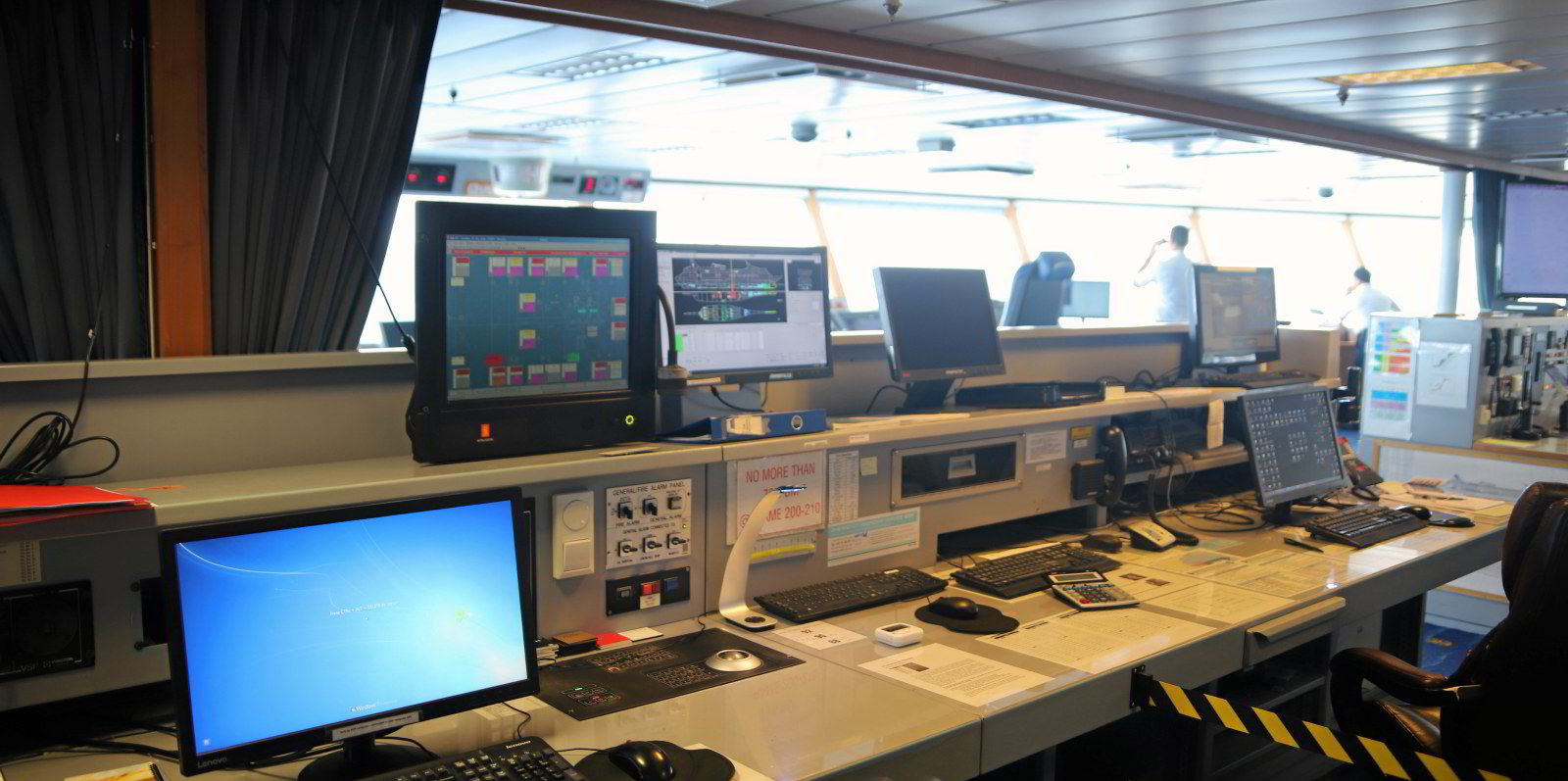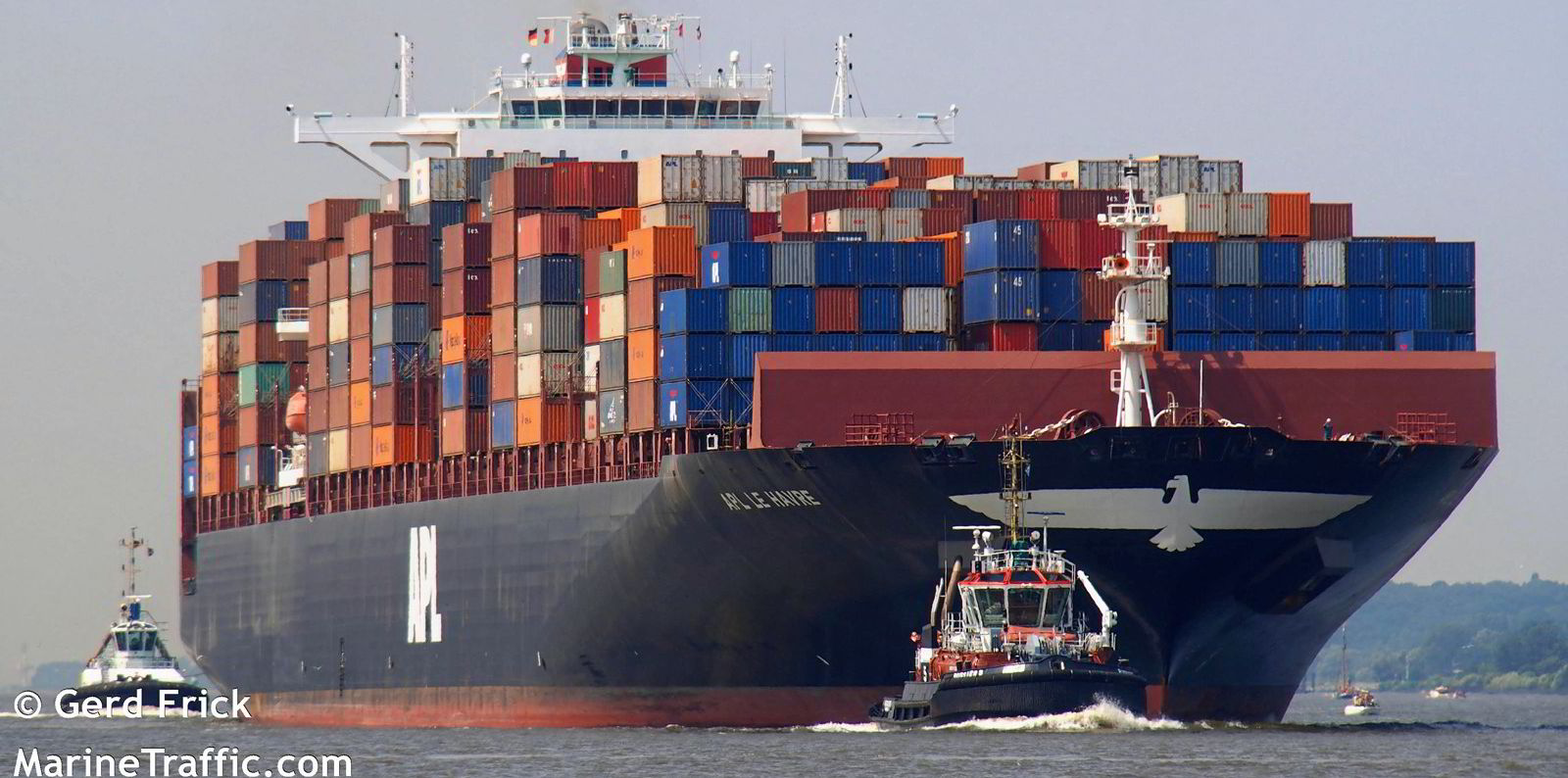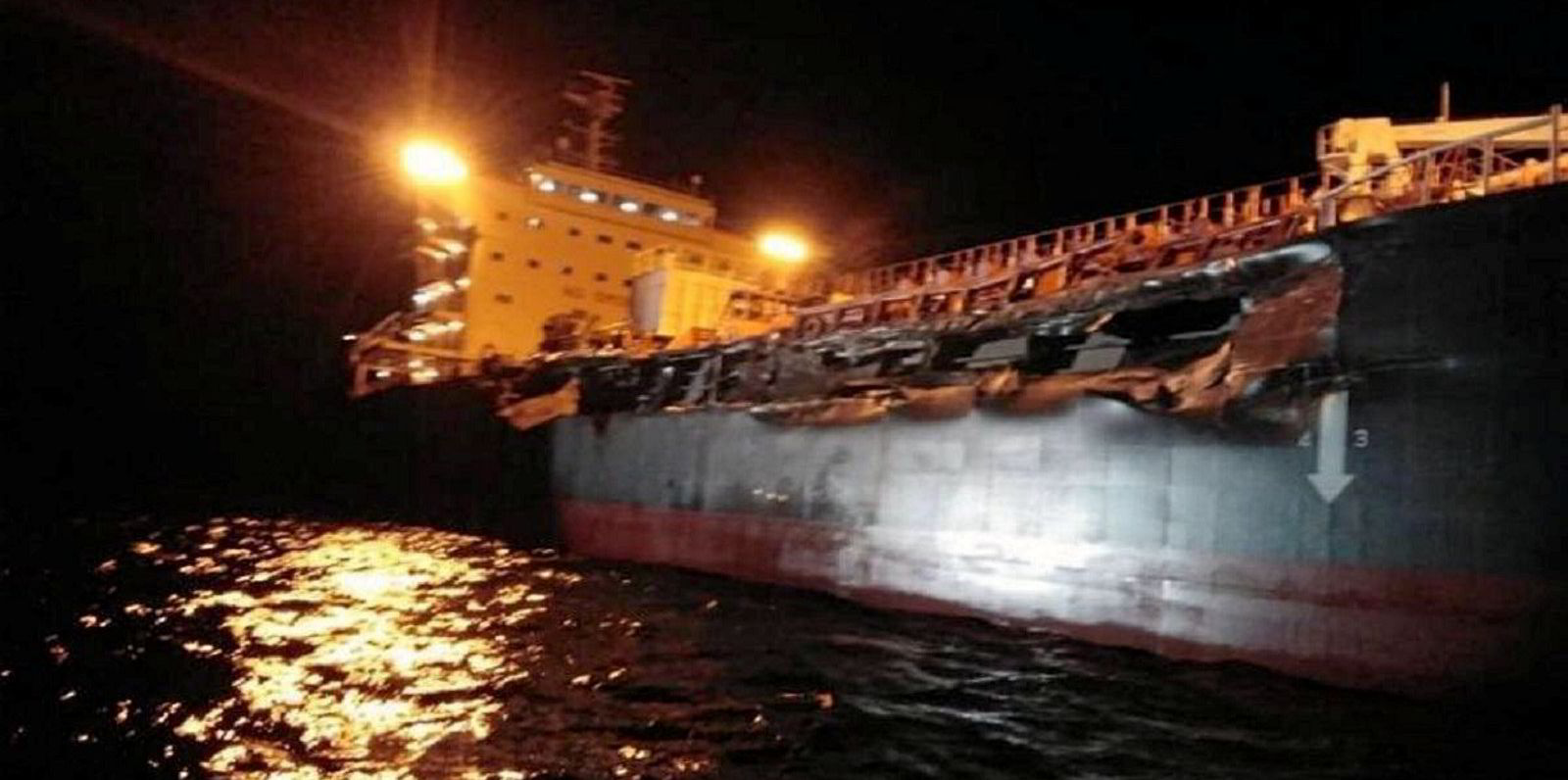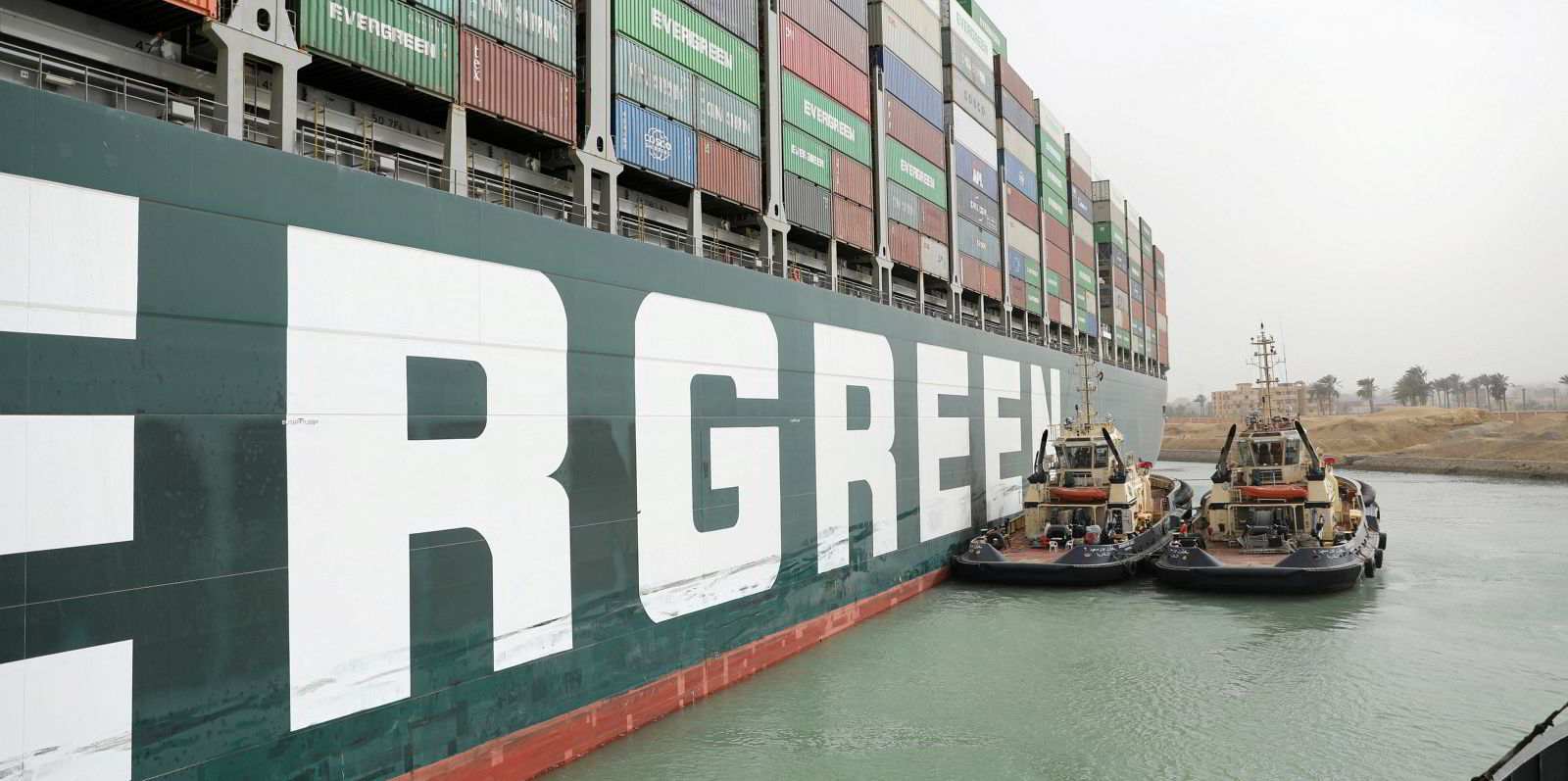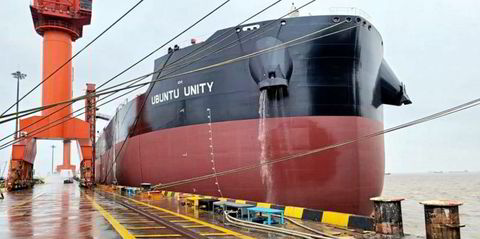A new generation of digital bridge navigation equipment has led to the conclusion in shipping circles that trusted traditional methods, such as simply looking out of a window, can get overlooked.
The emergence of Electronic Chart Display and Information Systems (ECDIS), AIS and GPS, on top of radar, have added technology that address navigational hazards and routing in a digital form.
At the same time, increased congestion has added to potential hazards in near shore situations and, despite digital technology advances, collisions and groundings continue to be the two main causes of ship casualties.
The latest digital development in bridge navigation equipment from Japanese marine electronic equipment manufacturer Furuno seeks to marry trusted traditional methods with the latest technology — overlaying digital navigational data over a real-time bridge view of the ship in operation.
The idea is to use augmented reality (AR) technology to present digital navigation data in the same form as it would be viewed from the bridge window.
It uses the technology that has been developed for gaming or car navigation systems as a visual support aid for bridge navigation.
Through AR, all navigational information is overlaid on real-time images of the view from the bridge in a single display unit — highlighting other ships, upcoming hazards and coastline, a ship’s speed, planned route and gyro compass.
Furuno says a key benefit of the system — ENVISION — is that it incorporates digital technology while keeping ship navigation “intuitive”.
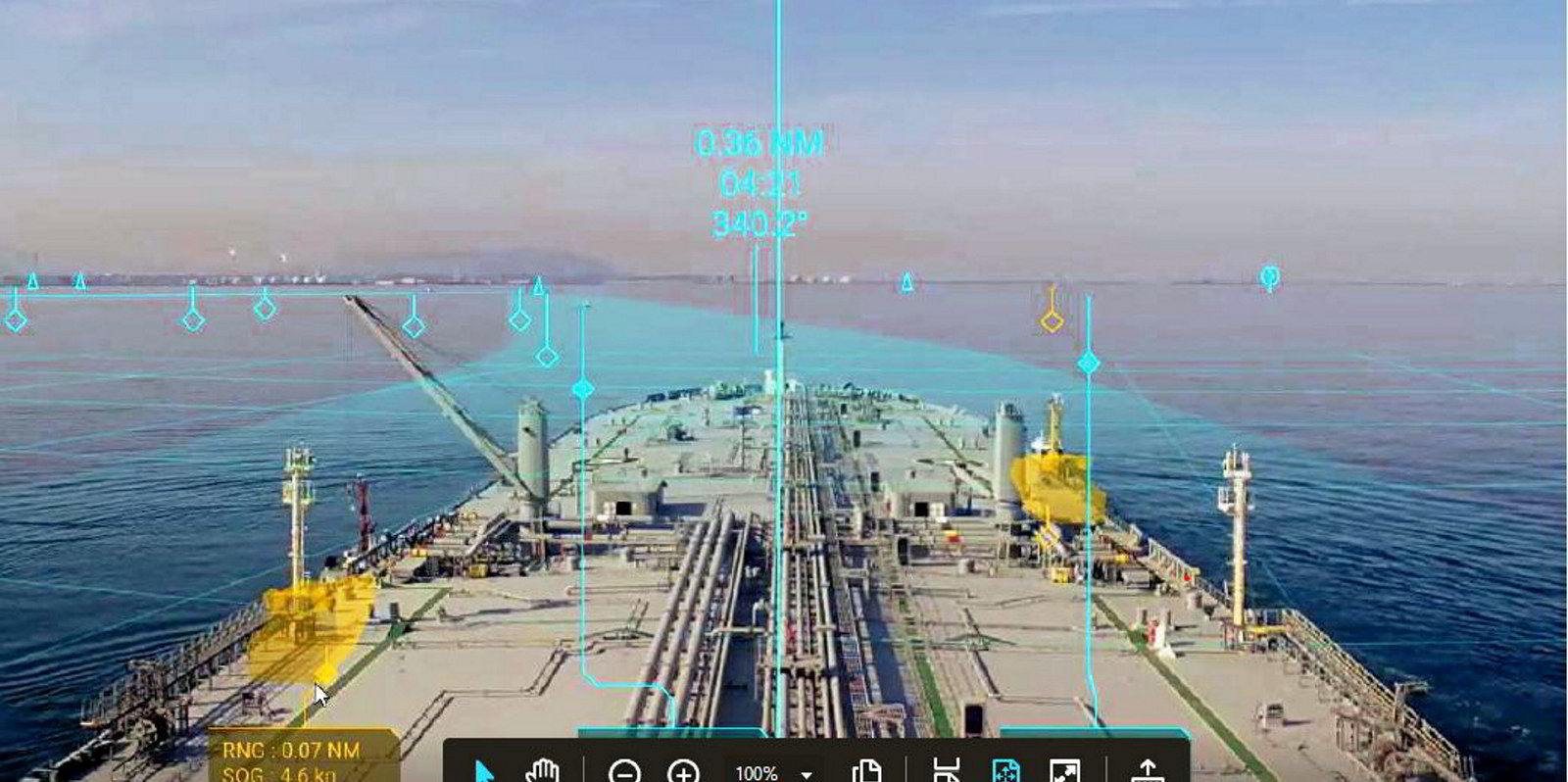
The critical technology is a camera fixed in a forward position that can produce a stable image of the view from a bridge amid the constant rolling and pitching motions of the ship.
Furuno spokesperson Gen Tomoshige said: “The benefit of the system is that it gathers various information into single screen with more intuitive visibility.
"Stabilisation technology perfectly matches the camera image and with multiple sensor symbols without misalignment. All of the information can be collected from mandatory equipment such as radar, ECDIS, GPS and others.”
Too much information
There have been concerns voiced that such a system can present too much information on a single screen, which could distract the attention of bridge crews.
To avoid this ENVISION has a function to deselect different elements of the navigational data from the display screen, enabling the crew to focus on the most immediate threats.
The system has a marked reduction in reducing crew stress while navigating at night or in weather conditions where visibility is low. Hazards that cannot be identified by the human eye can be digitally displayed on top of the bridge camera image.
Furuno developed the system along with compatriot shipowner Mitsui OSK Lines, which has been seeking to improve the safety performance of its fleet through the adoption of new technology.
Positive response
MOL initially installed the system on 21 of its VLCCs and following a positive response from its navigation officers it has since broadened the use across its fleet.
The in-service experience of MOL crew is being used to refine the product. “We are continuing to collect information from officers and captain,” Tomoshige said.
Furuno is looking at the next stage of development, including data that would provide images from all sides of the vessel to provide a comprehensive view of the area surrounding the ship.
In theory, in the future, the same AR images could also be used to replicate the view from the ship’s bridge to a shore-side control base, from where a ship could be operated.
Furuno is seeking to develop its ideas with automation in mind.
It is participating in the Japanese unmanned ship collaboration dubbed MEGURI 2040, which aims to develop the technology for the automated ship of the future in the next two decades.
The project involves using sensor technology not only to identify hazards around a vessel but also to develop software that will automatically select avoidance action and carry it out.
